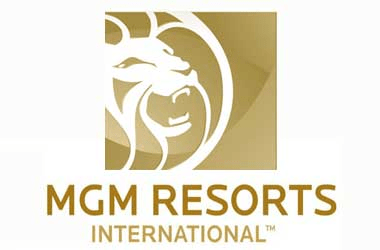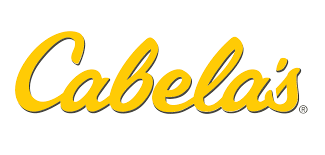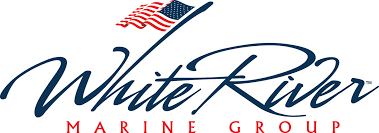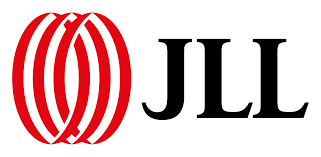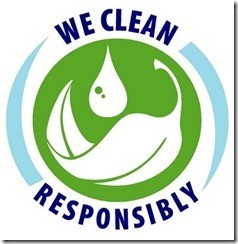 The most successful building maintenance programs begin long before the building is constructed. When planning new construction, it is helpful to consider the total cost of owning and maintaining products and finishes, including the potential health risks. Adopt a protocol for handling any cleaning product that may be harmful to the environment and inhabitants.
The most successful building maintenance programs begin long before the building is constructed. When planning new construction, it is helpful to consider the total cost of owning and maintaining products and finishes, including the potential health risks. Adopt a protocol for handling any cleaning product that may be harmful to the environment and inhabitants.
· Use the Most Modern Equipment
Environmentally preferable cleaning products and equipment prevent dirt and soil from contaminating surfaces, thus reducing the amount of chemicals required for cleaning. Microfiber mops and cloths capture dust and harmful microbes without the use of spray products or other chemicals. These clothes should be color coded for different tasks. Vacuum cleans should be equipped with high-performance filters, and maintenance people should always vacuum before mopping.
· Limit the Use of Disinfectants
Disinfectants use must be carefully managed. Divide your facility into risk areas and identify those areas that need the highest level of disinfecting. Separate them from areas that can simply be thoroughly cleaned or that need to be sanitized. Clean before disinfecting; always remove visible contaminants before using any “one step” disinfectant.
· Manage Flooring Maintenance
Floor-care products used to maintain finishes are some of the most toxic products used in building maintenance. Choose floor maintenance products that have been third-party certified by Green Seal. Choose the timing of floor stripping carefully so that the fewest number of building occupants are likely to be affected.
· Manage Carpet Cleaning
Carpet can absorb particles that are tracked into the building and dust from any source. Clean up spills promptly, starting with clear, cold water and blotting cloths. Specify the least toxic products available for carpet maintenance. Replace bonnet cleaning equipment with cylindrical brush type. Bonnet cleaners have a limited capacity for soil removal and can leave detergent in the pile, causing rapid resoiling.
New, environmentally safe products are coming onto the market in increasing numbers. It is imperative that your company keep up to date with information about the newest technology and studies demonstrating the performance of new products and equipment.

